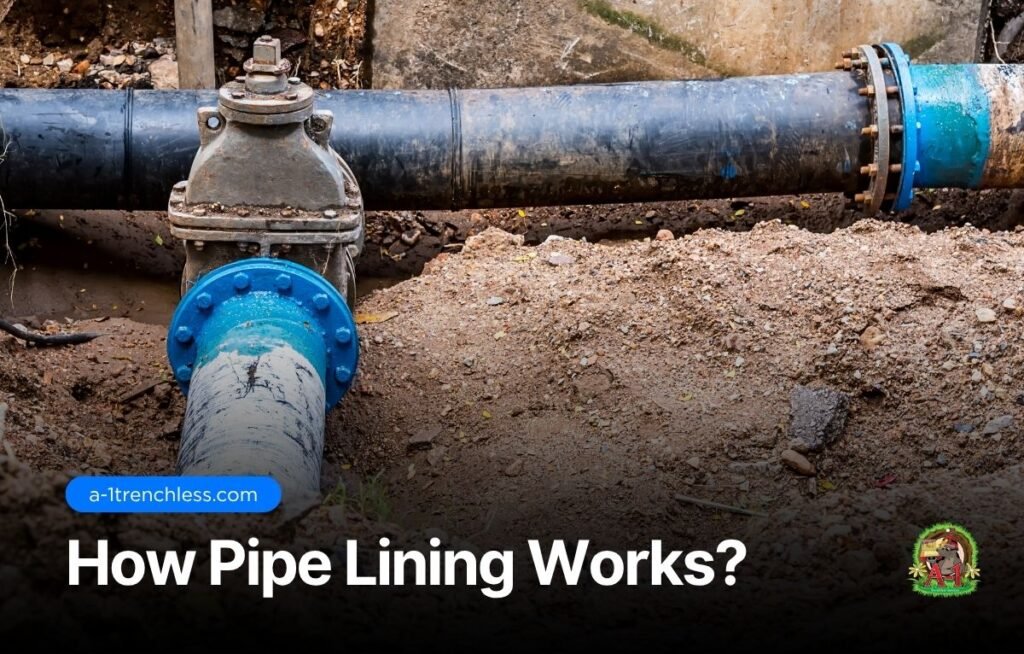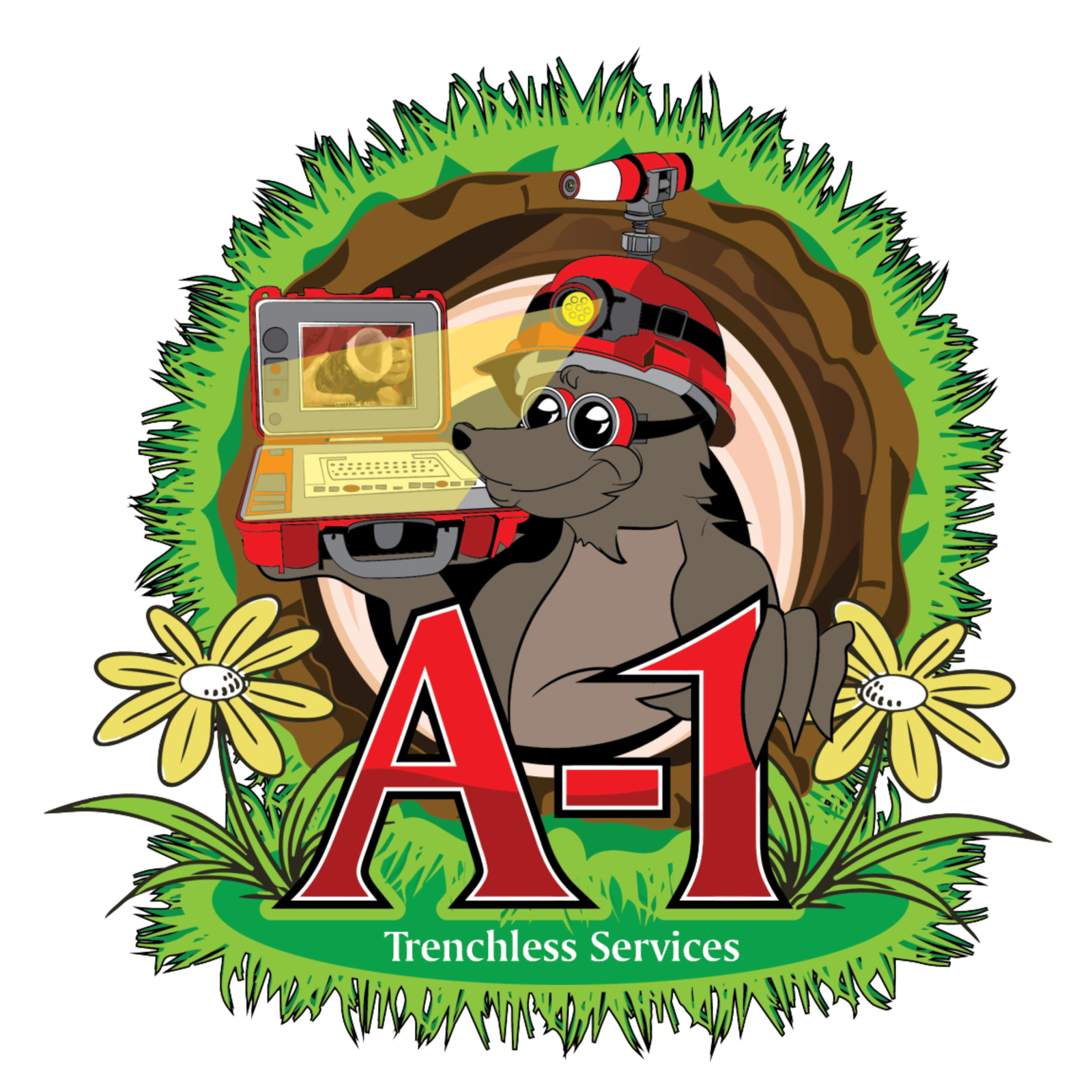Fast, reliable repairs with flexible financing options available. Ask us how!

If you’re noticing any of these warning signs, don’t wait until it becomes an emergency. Call A-1 Trenchless today to schedule your inspection and get honest advice from a local team you can trust.

A-1 Trenchless Water & Sewer Repair Services LLC is a trusted plumbing and drain servicing company in Damascus, MD. Trust our years of experience and knowledge in delivering high-quality plumbing and drain solutions. Call us today!